11 Tech Gadgets From the Early 2000s That Feel Like Relics Today
The early 2000s brought us a wave of gadgets that once felt exciting and new, but now they feel almost forgotten. These devices shaped how people connected, worked, and entertained themselves. Looking back, it is surprising to see how quickly technology has changed. Some of these gadgets may bring a sense of nostalgia, while others may remind you of how fast innovation moves.
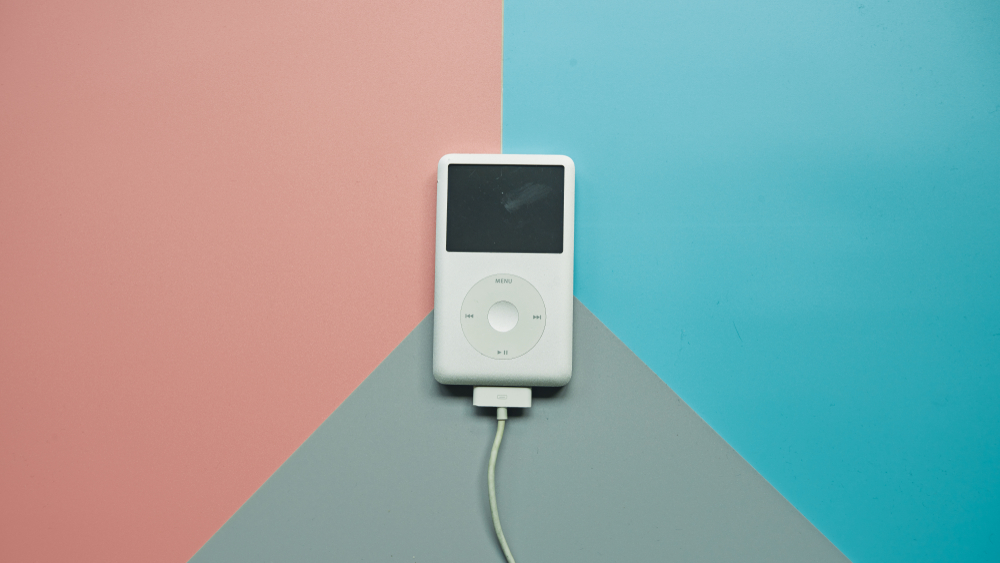
The iPod Classic first appeared in 2001 and quickly became one of the most recognizable devices of the decade. It allowed users to carry thousands of songs in their pocket at a time when CDs were still common. With its click wheel and simple screen, it became a cultural icon for music lovers. Apple eventually discontinued it in 2014 as smartphones took over music storage.
Collectors and music fans still value the iPod Classic today. Its large storage capacity was remarkable for its time, with some models holding up to 160 GB of songs by 2009. The design feels simple compared to streaming apps we use now. Many people remember it as the first step toward portable digital music libraries.
This post may contain affiliate links, which helps keep this content free. Please read our disclosure for more info.
Motorola Razr V3
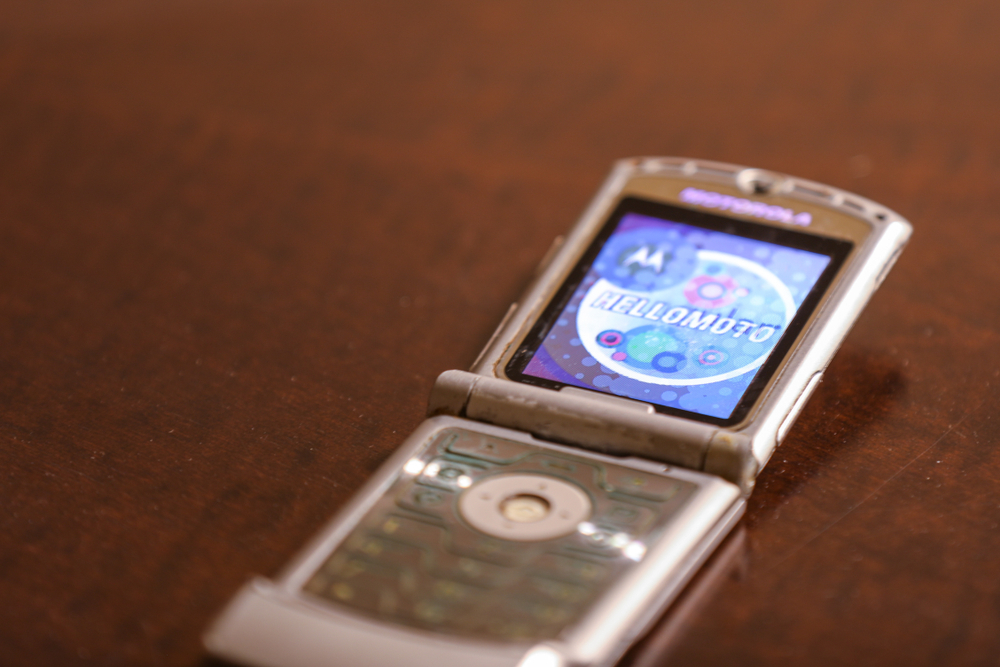
The Motorola Razr V3, released in 2004, was more than just a phone, it was a style statement. Its slim flip design stood out when most phones were still bulky. It became one of the best-selling phones of its era, selling over 130 million units worldwide. People loved the satisfying snap of closing it after a call.
Although it could send texts and make calls, it lacked many features of today’s smartphones. Its VGA camera and slow internet browsing felt advanced in 2004 but are very limited now. Still, the Razr defined mobile fashion of its time. Looking back, it reminds us of a simpler age of mobile communication.
BlackBerry Curve
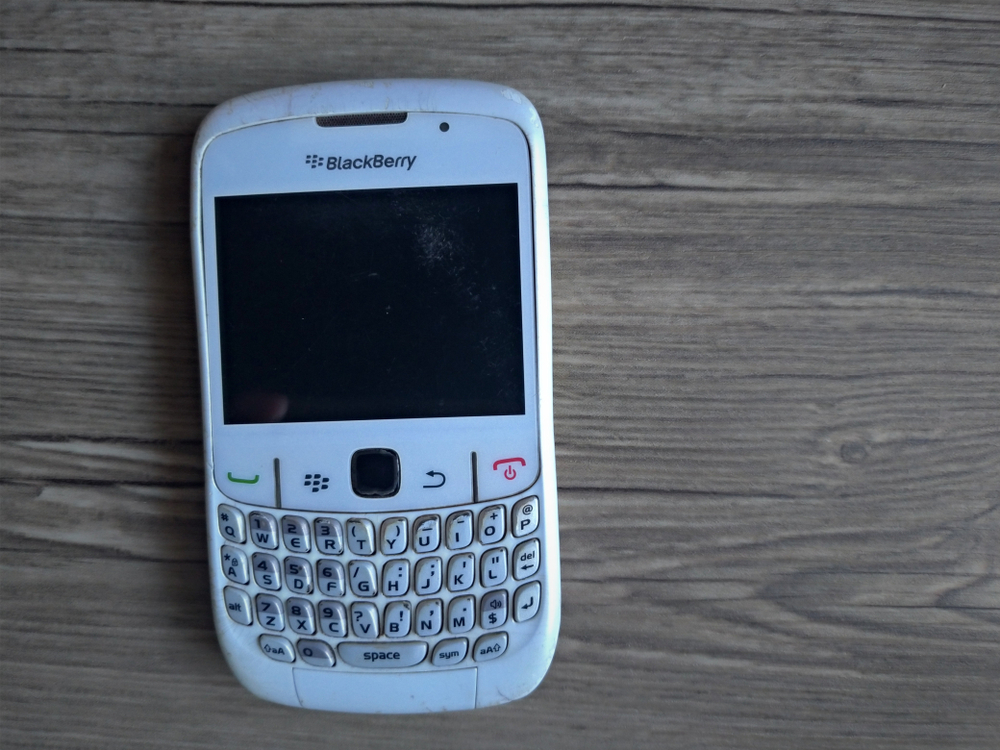
The BlackBerry Curve debuted in 2007 and quickly became the go-to phone for professionals. Its physical keyboard made email and messaging easy, which gave it a loyal following. BlackBerry Messenger created an instant way of chatting with contacts. For many, it was their first taste of mobile communication beyond calls and texts.
As touchscreen phones grew popular after the 2007 iPhone launch, the BlackBerry lost ground. The small screen and limited apps could not keep up with Android and iPhone models. Still, the Curve shaped how people viewed mobile productivity in the late 2000s. It showed that phones could be more than just calling devices.
iPod Shuffle
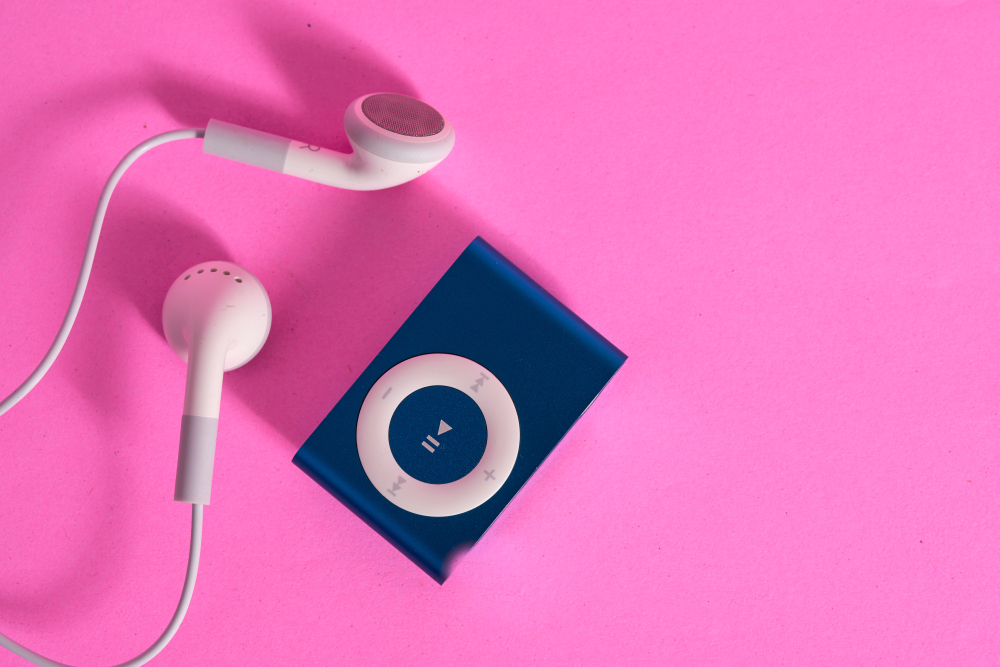
Apple released the iPod Shuffle in 2005 as a budget-friendly music player. It stood out because of its small size and lack of a screen. Users could clip it to their clothing and listen to music while walking or exercising. Navigation relied on shuffle mode or simple button presses.
Though simple, it symbolized portable music in its purest form. Storage ranged from 512 MB in the first generation to a few GB in later versions. Many used it during workouts or school commutes in the late 2000s. Today, it feels almost too simple compared to streaming playlists on smartphones.
Nintendo DS
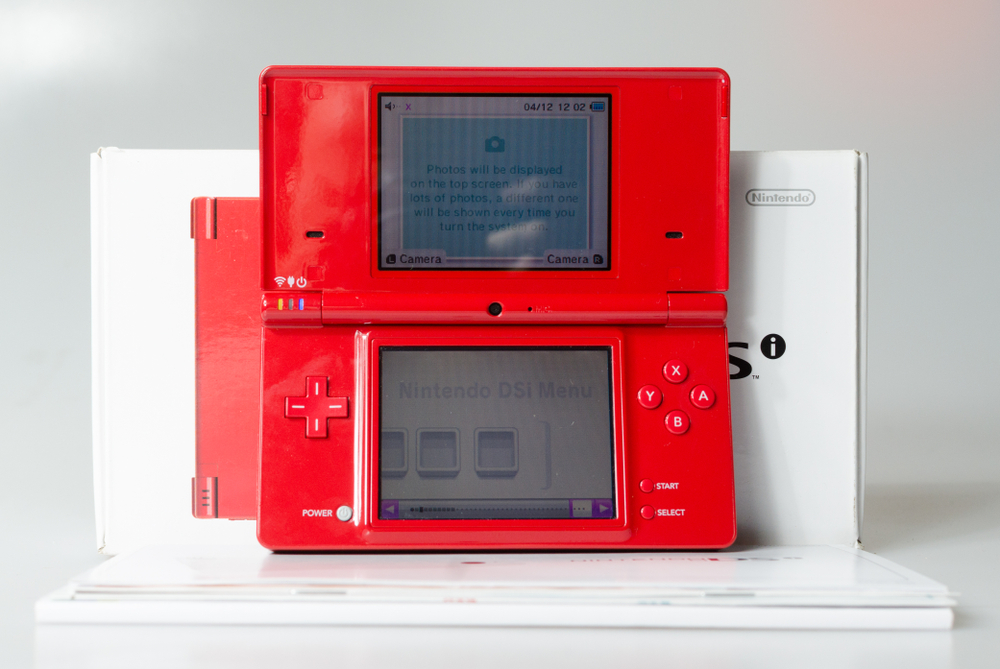
The Nintendo DS, released in 2004, brought portable gaming to a new level. It introduced dual screens, with the bottom one being touch-sensitive. Popular games like Mario Kart DS in 2005 and Nintendogs in 2006 made it a household favorite. Multiplayer gaming through Wi-Fi was another major feature.
While the DS feels chunky compared to today’s sleek consoles, it was ahead of its time. It sold over 150 million units worldwide between 2004 and 2013. Its mix of innovation and fun gave it lasting influence in the gaming industry. Many gamers still look back fondly on its library of titles.
Microsoft Zune
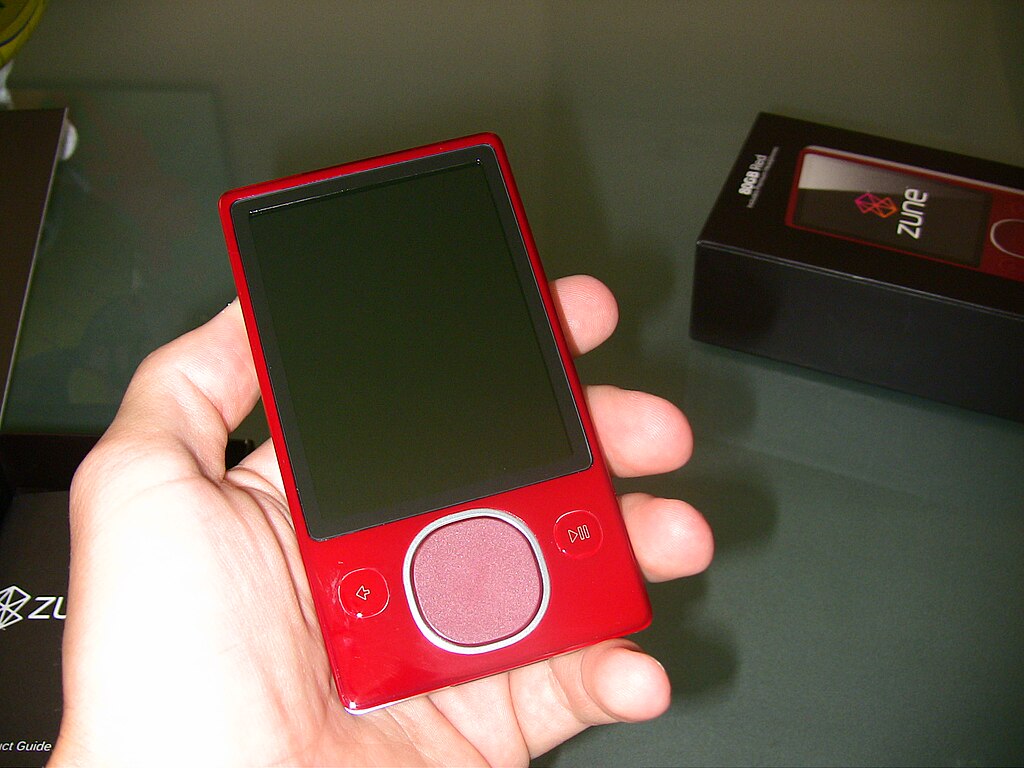
Microsoft released the Zune in 2006 as a direct competitor to the iPod. It featured a large screen and even allowed wireless sharing of songs between users. Its user interface stood out, but it never reached the same popularity as Apple’s devices. Despite its struggles, it gained a loyal niche audience.
The Zune was discontinued in 2011 after a slow market performance. Its legacy is remembered as Microsoft’s attempt to enter the portable music player market. Collectors today view it as a quirky piece of tech history. It remains a reminder of how hard it was to compete with Apple in that era.
Digital Cameras
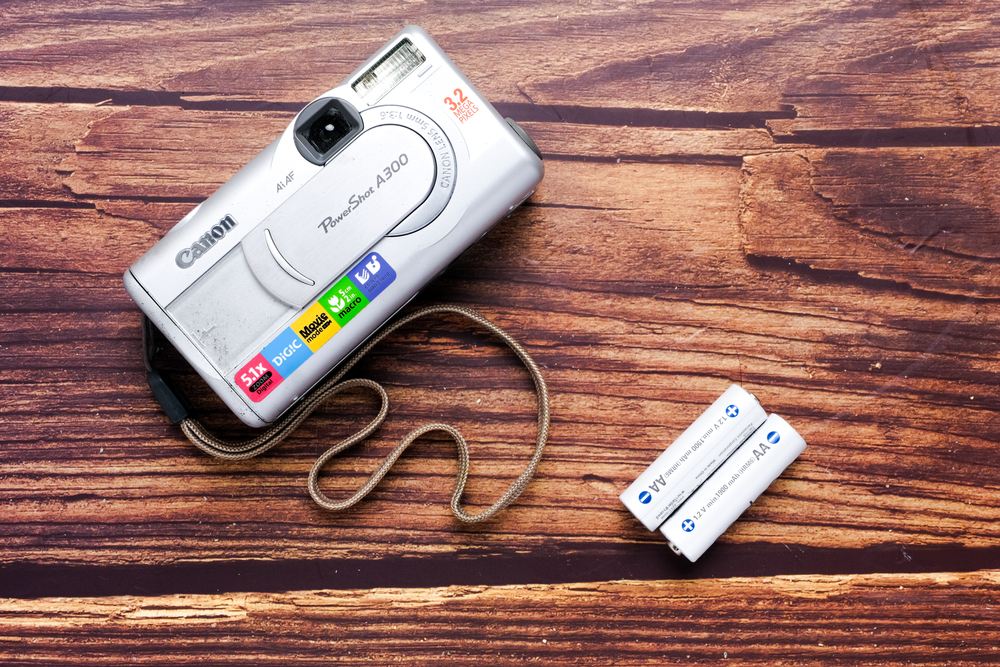
Digital cameras surged in popularity in the early 2000s, with models like Canon PowerShot and Nikon Coolpix leading the way. They replaced film cameras in households and made photography more accessible. Compact point-and-shoot designs became popular around 2003 and 2004. They offered better image quality than early phone cameras of the same period.
Now, most people rely on their smartphones for daily photography. Carrying a separate device became unnecessary as phone cameras improved around 2008 and beyond. Still, digital cameras had their importance in bringing photography to everyday life. They shaped the start of casual photo-sharing culture before social media exploded.
PlayStation Portable (PSP)
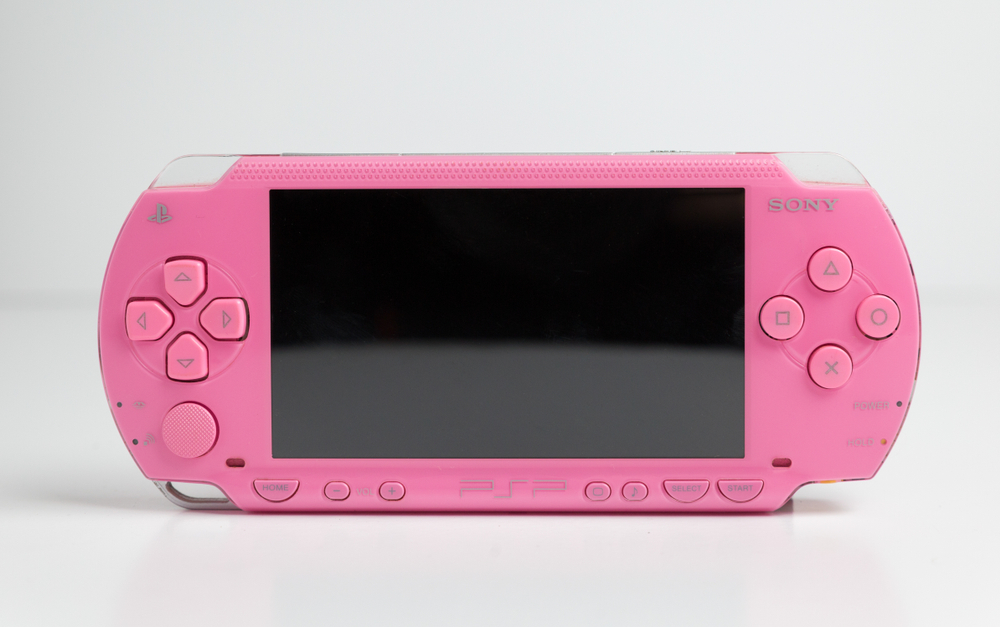
Sony launched the PlayStation Portable in 2004, bringing console-quality gaming to handhelds. It impressed players with its graphics and multimedia features. Users could play games, watch UMD movies, and listen to music. It competed directly with the Nintendo DS throughout the mid-2000s.
Although it did not outsell the DS, the PSP created a loyal following from 2004 to 2011. Its UMD discs and memory sticks feel outdated today. The PSP’s sleek design and wide entertainment functions made it a favorite for years. Many gamers remember it as an ambitious step in portable gaming.
iRiver MP3 Players
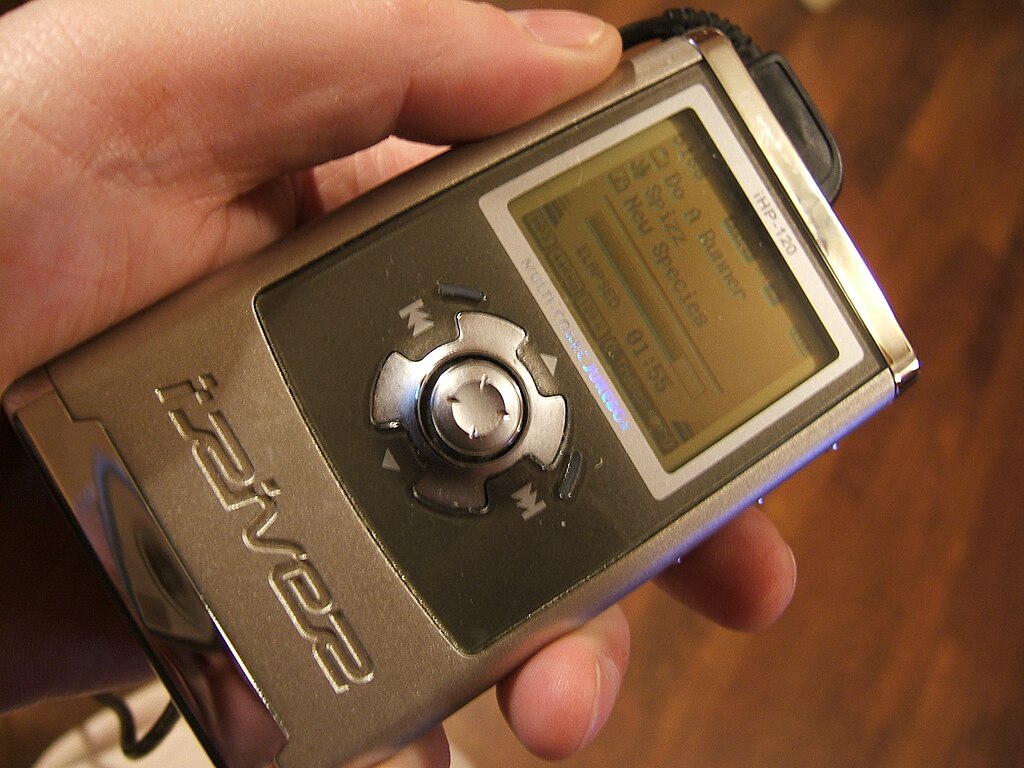
iRiver MP3 players peaked in popularity in the early 2000s. They offered support for multiple audio formats and even included FM radio functions. Some models from 2003 to 2005 added video playback and color screens. Audiophiles appreciated their sound quality compared to other players.
Despite their strengths, iRiver struggled to compete against Apple’s sleek design and marketing. By the late 2000s, the brand had faded from mainstream use. Collectors today recall its durable build and variety of models. It represented the diversity of portable music before streaming dominated.
Garmin GPS Devices
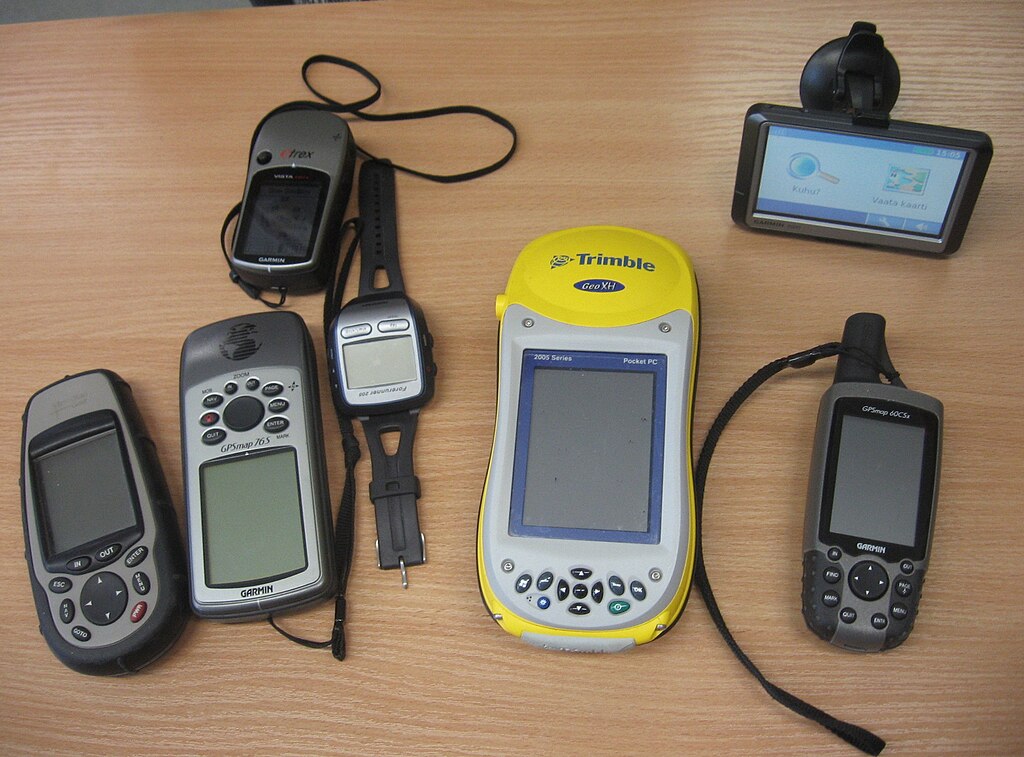
Garmin GPS devices became common in cars during the mid-2000s. Models like the Garmin Nuvi, released in 2005, offered turn-by-turn directions. Drivers relied on them for road trips before smartphones had reliable mapping apps. Many households bought one for convenience during travel.
Once smartphones gained GPS apps around 2008, standalone devices began losing popularity. Today, few drivers still use them. Yet, Garmin made navigation simple and accessible for millions of people. It showed how quickly technology could change travel habits.
PDA Phones
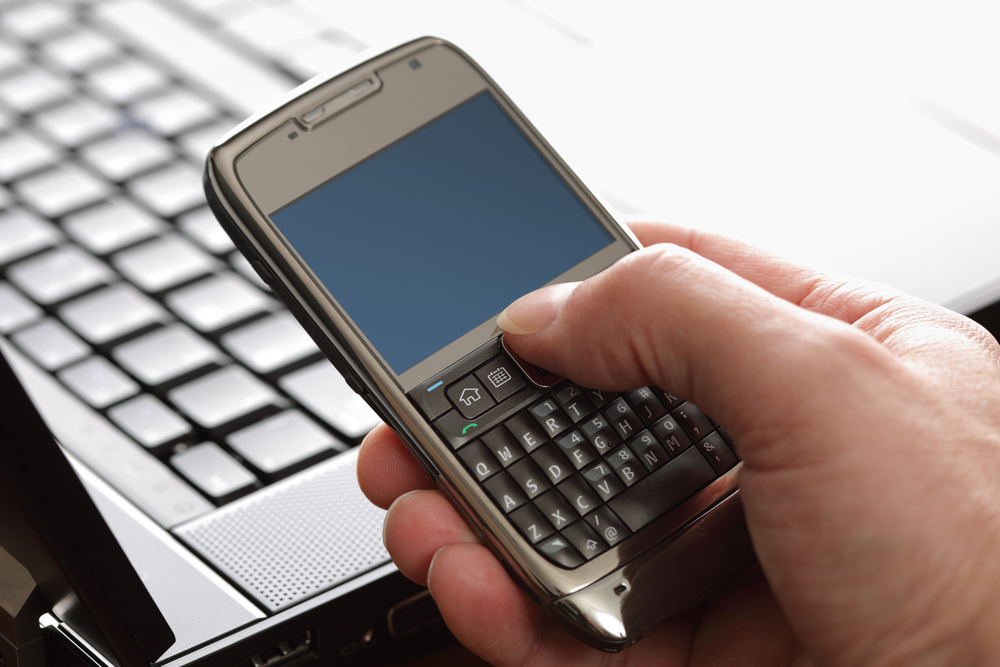
PDA phones were popular in the early 2000s, combining phone functions with digital organizers. Brands like Palm and HTC offered models between 2002 and 2006. They included styluses, touchscreens, and access to email. For business professionals, they were a major step forward.
Compared to today’s smartphones, PDA phones now feel bulky and limited. Their stylus-based input has been replaced by responsive touchscreens. Still, they paved the way for the rise of smartphones after 2007. They remain an important stage in the evolution of mobile technology.
This article originally appeared on Avocadu.
